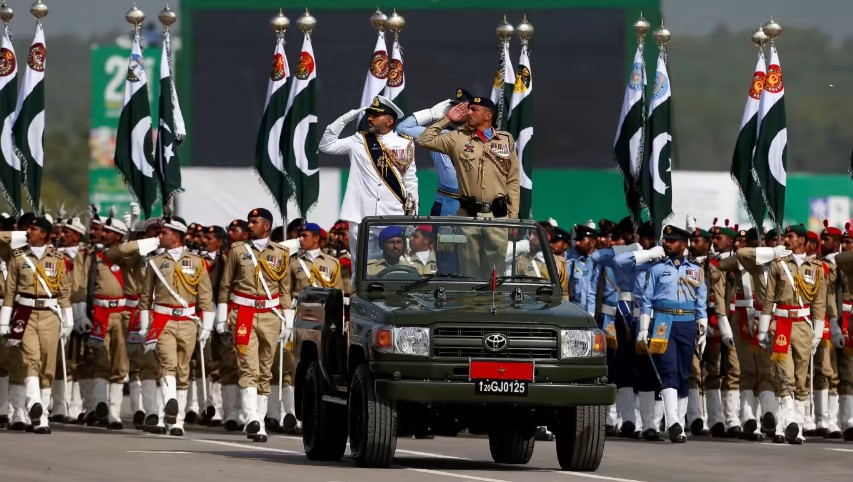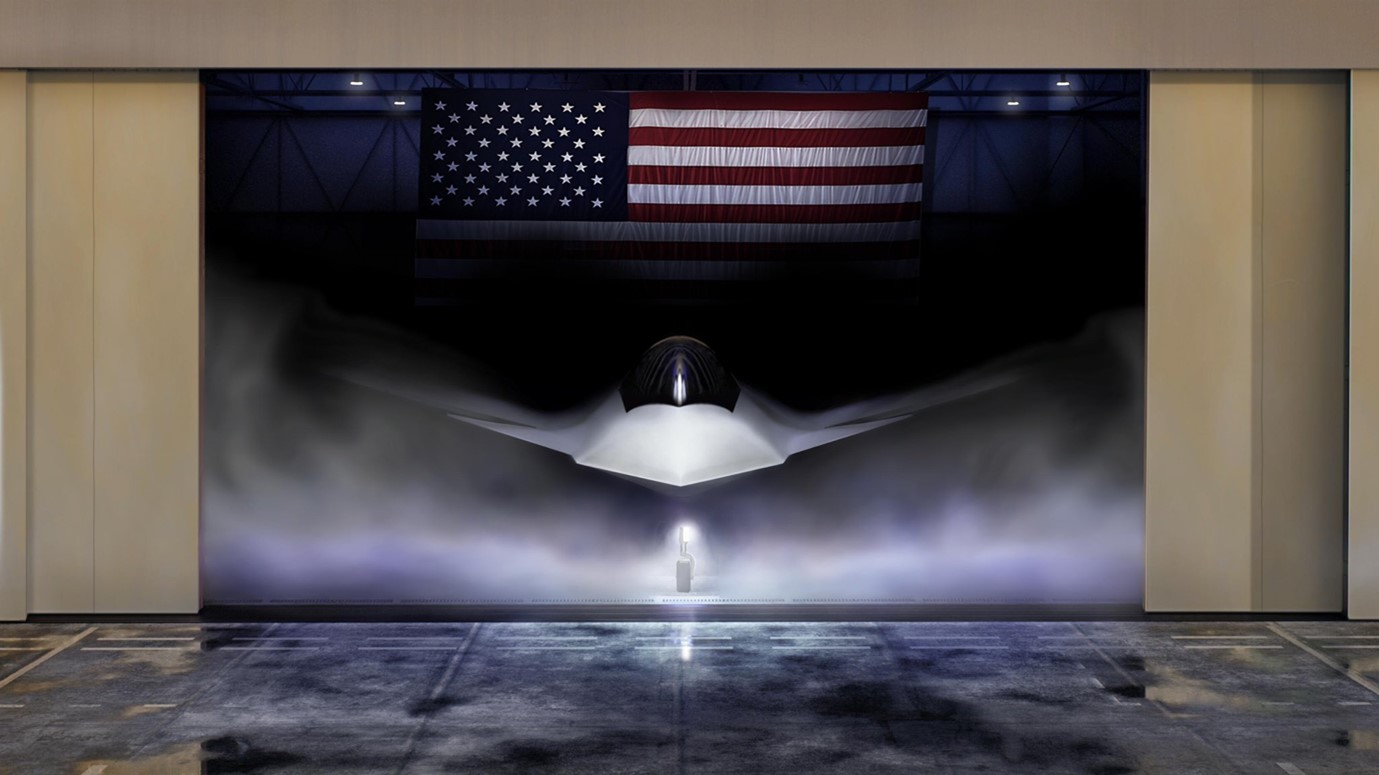
Fiscal Implosion In Pakistan Economy And Impact On Defence Spending

Pakistan has landed itself in fiscal maelstrom due to its profligate rentier mindset. The country’s economy is on ventilator and is literally gasping for external bail-outs. The talks with IMF remain inconclusive and only lifeline has been China announcing $700 million loan to redress immediate forex emergency. The country’s foreign currency reserves had dipped to all-time low of $3.2 billion, barely enough to cover three weeks of imports. Chinese loans will boost forex reserves by 20%. Pakistan’s forex funds are derived from foreign loans and inflow of remittances as country’s exports are rather insignificant. Manufacturing is dependent in most cases on imported raw materials creating vicious cycle of dependency on forex.
Pakistan lulled by her geo-strategic location had forged alliances with CENTO/SEATO and iron brother format ties with China. It has also ascribed to herself larger than life role of guardian of faith, trying to be leader of OIC. It will be appropriate to recall, quest for Islamic bomb, where ZA Bhutto stated that, “We shall eat grass but make nuclear bomb.” The belief that Ummah (brotherhood) will ultimately bail out Awaam (populace) lies in tatters as Saudi Arabia and UAE want IMF process to be concluded first to obviate profligate spending. ISI also set up terrorist assembly lines to further US agenda in Afghanistan. Pak blatantly milked security funding and managed to double time USA by concurrently playing along Taliban. The dollar pipeline got shut off with withdrawal of US troops from Afghanistan.
The major share of the contracts and benefits were cornered by military establishment through their foundations like Fauji, Shaheen, Baharia, FWO and SCO. The details of this mega empire are chronicled by noted Pakistani expert, Ayesha Siddiqa in her book, ‘Crossed Swords’. Nawaz Sharif’s plan of adding geo-economic heft by so called game changer, CPEC has met similar fate due to inefficiency and corruption. Lt Gen Asim Bajwa and Army affiliated entities, once again cornered their share in CPEC making it a failing project. Oligarchic mind set transcends beyond Khaki into civilian domain. As per Ishrat Hussain, in his widely acclaimed book, ‘The Economy of an Elitist State’, 1% population constitute the elitist oligarchy. The resultant inequality has reduced very large segments to abject poverty and penury. The recent floods in 2022 and widespread destruction in its wake have added to fiscal distress.
China accounts for the largest share i.e., 30% of total debt, which is more than twice combined borrowings from World Bank and Asian Development Bank. It is approximately three times larger than loans advanced by IMF. Total debt had reached 77.8% of GDP in 2022. Pakistan as per Topline Securities in a report in Wall Street Journal is required to repay $73 billion by 2025. IMF has been negotiating a rescue package amounting to $6.5 billion with initial tranche of $1.1 billion. The significance of these rather tough negotiations by IMF is that they will trigger unlocking of other promised packages like $7 billion by Saudi Arabia and UAE. Iran has also promised to boost bilateral trade from $ 2 billion to $5 billion by revamping border markets. Uzbekistan has also promised similar boost in border trade.
IMF negotiations have remained inconclusive as IMF would like to ensure that its funds do not get diverted to pay the largest creditor, China and are invested in economic revival. IMF diktat stipulates paring subsidies and limiting these to only needy sections of populace. They also want higher taxation on ultra-rich and bringing privileged sections in taxation net. Pak tops the chart with 25 projects under IMF scrutiny. Murtaza Syed, former Deputy Governor of State Bank of Pakistan, laconically confessed that, “In fact, we are the IMF’s most loyal customer.” Desperation is such that radicals are making outlandish suggestions of monetising nuclear know-how.
While Pakistan looks for external largesse, it has to revisit the age-old wisdom of – ‘charity begins at home’. Objective advice to Pakistanis is, make no mistake, it is an implosion, triggered by internal catalysts like predatory corruption, bordering on organised plunder and populist freebie culture, breeding sense of entitlement of subsidies, particularly in petroleum prices and electricity tariffs. Imran Khan, who currently is topping popularity charts would have to take large part of blame for mismanagement besides burning bridges with traditional allies like USA, Saudi Arabia and UAE. Unlike India, Pakistan blew up its chances of cheap petrochemical imports from Russia by supplying munitions to Ukraine. This was self-serving initiative anchored by Gen Qamar Bajwa to garner US support.
Pak Defence Minister, Khawaja Asif in an event in Sialkot confessed that country has already defaulted on financial commitments and is already bankrupt. He blamed establishment, bureaucracy and politicians for this mess. The desperation is such that rabid elements have been touting outlandish ideas like selling nuclear know-how. The runway inflation has touched nearly 40% with riot like conditions for basic commodities like wheat flour (atta). Pushed by IMF, Shahbaz Sharif government has launched major austerity drive. A slew of new taxes being dubbed as mini-budget have been announced to raise PKR 170 billion.
He also opined that IMF or any other external agency cannot redress the situation. He unequivocally stated that solution lies within. He made a startling revelation that one fourth of debt can be paid off, if only two golf clubs built on government land are sold off. Former Army Chief, Gen Bajwa and now Gen Asim Munir have taken the mantle of loan negotiation without much traction. Pak Army budget has traditionally been pegged at 2.8% of GDP, which was pared down to 2.2%. In contrast, India has been limiting her spending to around 2% and in current budget it is projected at 1.87% of GDP. Pak has earmarked 17.5% of total government expenditure, which is an increase of 11.16% from last year. Comparatively, Indian spending is only 13.18%. There has been considerable opacity in defence spending particularly with regards to allocations made to ISI and ISPR. Pak has treated terrorists as strategic assets and has been funding them through counterfeit and drug economy. Both have come under increasing scrutiny including international agencies like FATF.
The moot question is how will this impact defence spending and deep state. Some demonstrative cuts like disposing off diplomatic properties is taking place. However, deep state is unlikely to jettison its dalliance with terrorism. It may temporarily pause but Pakistan is likely to remain invested in core projects like K2 cell of ISI. The deep state is already voicing its demands for additional funds and stated that funds are not even adequate to feed troops. It will be pragmatic to remain vigilant with regard to desperate measures that may be adopted by Pakistan. While it may give us some temporary comfort due to fiscal distress but in the long run, it will be pragmatic if nuclear armed Pakistan is put on leashed IMF monitored economic recovery.
Disclaimer
The opinions expressed in this article are the author’s own and do not reflect the views of Chanakya Forum. All information provided in this article including timeliness, completeness, accuracy, suitability or validity of information referenced therein, is the sole responsibility of the author. www.chanakyaforum.com does not assume any responsibility for the same.
Chanakya Forum is now on . Click here to join our channel (@ChanakyaForum) and stay updated with the latest headlines and articles.
Important
We work round the clock to bring you the finest articles and updates from around the world. There is a team that works tirelessly to ensure that you have a seamless reading experience. But all this costs money. Please support us so that we keep doing what we do best. Happy Reading
Support Us















POST COMMENTS (2)
ASHOK IYER
Kalidan Singh